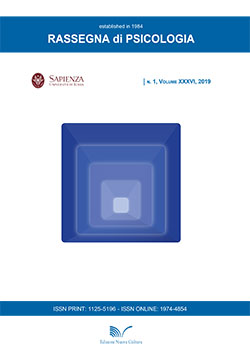The Effects of Classroom Composition and Size on Bullying and Victimization of Italian and Immigrant High School Students
DOI:
https://doi.org/10.13133/1974-4854/16700Keywords:
bullying, victimization, classroom composition, classroom size, multilevel analysis.Abstract
Bullying is one of the most serious problems faced by young people at school. Due to its well-documented negative impact on their well-being and learning, its monitoring and prevention is now a highly relevant issue. The present study uses multilevel modelling to investigate the effects of the class characteristics (the number of students, the proportion of male students and immigrant students, the overall socio-economic level and the initial achievement level) on bullying and/or victimization, also controlling for high school typology. The analyses are based on the national sample of students in grade ten (N=25,573). The results show that the class characteristics have a relevant impact and that the most important factors appear to be the proportion of males in the class and the average level of initial achievement of the class. The proportion of immigrant students appears to be not much relevant, whereas the size of the class is important for victimization. Finally, the socioeconomic level of the class does not appear to be significant. In conclusion, the present study showed that in order to explain bullying and victimization, it is important to take into account the effect of the characteristics of the class attended by students, in addition to the role of their individual and personal characteristics.Downloads
Published
2019-04-11
Issue
Section
Articles
License
Copyright (c) 2019 Fabio Alivernini, Elisa Cavicchiolo, Laura Girelli, Ines Di Leo, Sara Manganelli, Fabio Lucidi

This work is licensed under a Creative Commons Attribution 4.0 International License.

